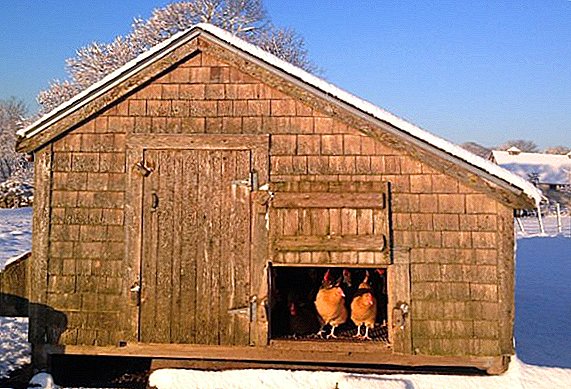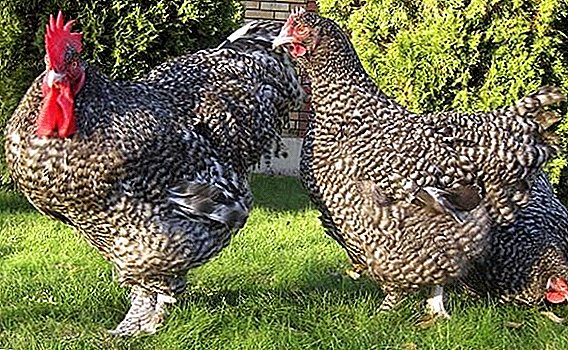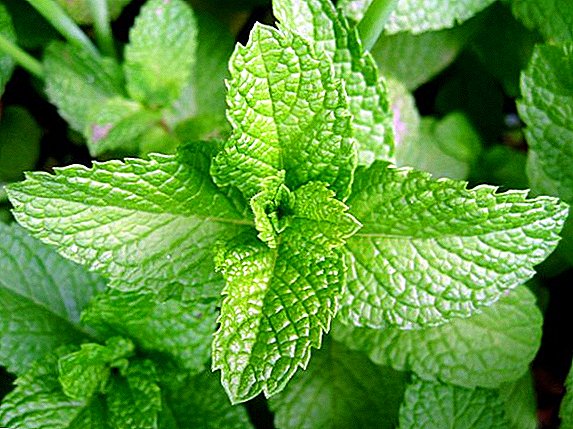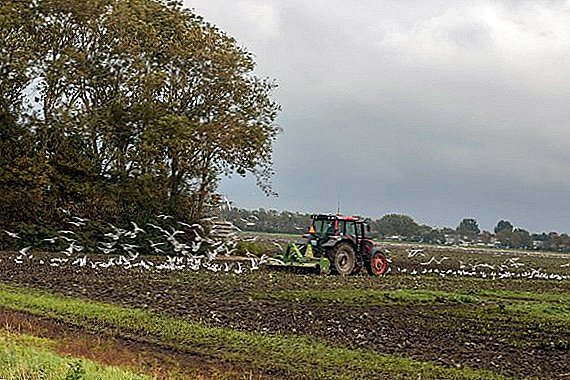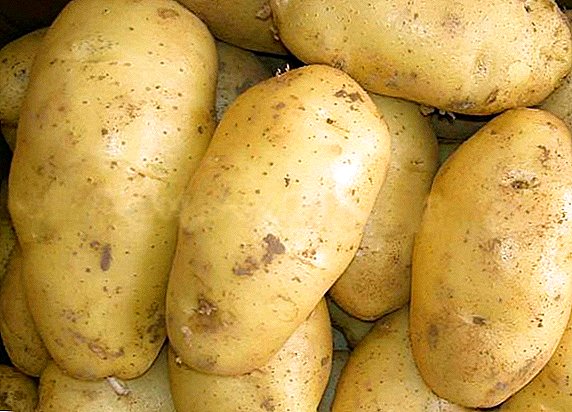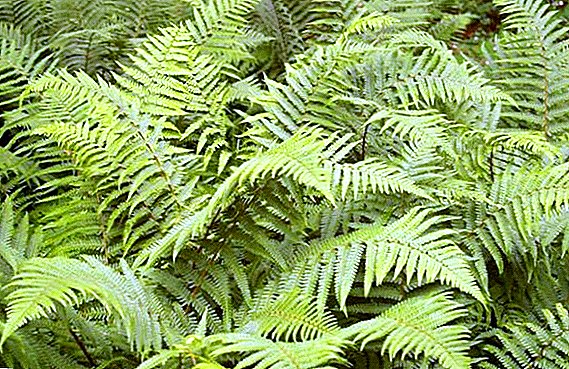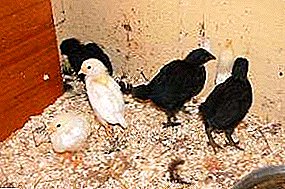
In addition to amino acids, lipids, carbohydrates and vitamins, minerals, so-called macronutrients (sodium, calcium, phosphorus, potassium, sulfur, chlorine, magnesium) and microelements (iron, copper, zinc, manganese, iodine, fluorine and others).
Diseases caused by mineral deficiency are pathological conditions resulting from reduced intake of macro- and microelements in the poultry organism.
What is mineral deficiency in birds?
All poultry, both decorative (parrots, canaries, peacocks, etc.), and agricultural (chickens, turkeys, geese, etc.) breeds are at risk. To suffer from the disease can birds of any age.
In addition to specific manifestations of mineral deficiency, there are common:
- delayed growth and development of young;
- reduced egg production;
- exhaustion, weakness of muscles (birds can hardly stand on their feet);
- cannibalism (poklev pen, eggs);
- alopecia and apteriosis (birds lose their feathers, their skin becomes inflamed and flaky).
 A century ago, the disease practically did not occur, but with the transition of poultry farmers to specially produced, granulated and pressed feed, mineral deficiency became common.
A century ago, the disease practically did not occur, but with the transition of poultry farmers to specially produced, granulated and pressed feed, mineral deficiency became common.
That How dangerous is this condition defined by:
- the degree of insufficiency of a particular mineral substance (or the degree of imbalance between several mineral substances);
- the duration of the birds on the wrong diet;
- the physiological state of the bird.
Depending on these conditions, the damage may be different - from a slight decrease in productivity and degradation of the feather to the death of young and adult birds.
Causes of the disease
 Pathological conditions associated with a lack of mineral substances arise, as a rule, for a number of interrelated reasons, each of which aggravates the other, forming a vicious circle.
Pathological conditions associated with a lack of mineral substances arise, as a rule, for a number of interrelated reasons, each of which aggravates the other, forming a vicious circle.
In case of violation of the receipt of micro-and macro-elements, the synthesis of protein transporters is disrupted, which are just engaged in the transfer of mineral substances through the cell membrane.
The excretion of certain elements through the kidneys and intestines increases. These processes become even more pronounced in violation of the acid-base balance of blood and digestion. Mineral deficiency leads to changes in the endocrine systemand she, in turn, loses the ability to regulate the exchange of micro and macro elements.
The causes of the disease can be:
- insufficient intake of minerals from food;
- lack of fat, facilitating the absorption of minerals;
- pathology of the gastrointestinal tract of poultry;
- internal parasitic invasion;
- violation of the conditions of poultry keeping (excessive crowding, insufficient light, air saturation with harmful gases).
Course and symptoms
 Calcium - one of the key elements, it is necessary to build the skeleton, feathers, beaks, claws and eggshell.
Calcium - one of the key elements, it is necessary to build the skeleton, feathers, beaks, claws and eggshell.
On the construction of the eggshell a little less than half of all the calcium in the body of the bird.
With a decrease in calcium levels are observed:
- loss of muscle mass;
- anemia (you may notice the paleness of the skin and mucous membranes of birds);
- convulsions;
- reduced protein levels;
- thinning, fragility of bones.
Normal is the ratio of calcium and phosphorus, when calcium is more in the body about 1.7 times, but this figure varies and depends on the physiological state and the period of the bird's life.
A reduced phosphorus level leads to a loss of calcium and, as a consequence, osteoporosis. The eggshell becomes thinner, the hatchability of chickens decreases.
In young birds, phosphorus deficiency is accompanied:
- limb weakness;
- malyatsii beak, curvature of the bones;
- rickets and developmental delay.
At the age of 5 months, about 14% of the young with a significant phosphorus deficiency die.
Failure sodium and chlorine considered in conjunction as a violation of the exchange of salt. Usually, sodium deficiency occurs with a violation of absorption in the intestine or with its increased elimination by the kidneys. Chlorine deficiency occurs in the treatment of birds with antibiotics in the form of potassium salts and nitrates.
Symptoms are:
- growth retardation;
- reducing the quality of egg shell;
- cannibalism, for example, in bronze turkeys pulling out a feather leads to the formation of a blue eye (if the rods are damaged, the pigment disappears and a kind of tattoo appears).
With a shortage chlorine in young birds, spasms and paralysis of muscles are possible, and an acute chlorine deficiency results in the death of a bird in 58% of cases.
Potassium especially young. The normal content of potassium in feed is 0.4-0.5%. With potassium deficiency, violations of the cardiovascular system, leg muscle spasms, a decrease in reflexes are observed, birds become lethargic and do not respond well to stimuli.
 Magnesium for the most part is in a bound state in the composition of bone tissue.
Magnesium for the most part is in a bound state in the composition of bone tissue.
A week after the abolition of magnesium-containing feed and supplements in young birds, the rate of muscle mass gain decreases, the quality of the feather decreases, the birds refuse to eat, you can notice a shiver, appear, uncontrolled movements, convulsions, then the birds die.
In dead birds, you can see an unnatural position of the head - it is folded back, under the body, stretched forward. With a lack of calcium, the situation worsens. Sufficient magnesium content in feed 0.4% for chickens and 0.5% for chickens.
Need in gland makes 20-60 mg. Especially iron is necessary for growing birds.
With its lack of marked:
- anemia;
- dryness, fragility of a feather, its loss;
- taste perversion;
- peeling of the skin;
- developmental delay.
Copper usually found in sufficient quantities in feeds produced for birds. With its lack (more often, in violation of absorption), the mass of young birds remains low, in some cases there is pallor of mucous membranes, peeling of the skin, depigmentation of feathers.
Zinc It is part of the enzymes, performs the function of their activator, stabilizes the structure of some compounds. Usually when using feeders and drinkers of zinc deficiency does not occur. But the need for zinc increases during the period of gestation and with an increased content of calcium in the diet.
Zinc deficiency is manifested by a decrease in the function of the epithelium of the gastrointestinal tract, inflammation of the skin. For embryos, the effects of zinc deficiency are more significant: there is a curvature of the spine, pathology of the development of the skull, brain, eyes and other organs.
Iodine located in the thyroid glands of birds, in laying hens - also in the ovaries. The optimal dose of iodine for adult laying birds is 0.5 mg / kg, for young stock - 0.3 mg / kg. Iodine is essential for normal embryo growth.
Symptoms of iodine deficiency are deformities of embryos, depletion of adult birds, thinned pale feathers, dystrophic changes in tissues in the oviduct.
Molybdenum it is easily absorbed in the intestine, but when soy protein is present in the feed, absorption is worse until it stops. A specific manifestation of molybdenum deficiency is a rash on the thighs, curvature of the femur bones.
Manganese plays an important role in the endocrine system of birds. The need for magnesium in adult birds - 30 mg, in chickens - 50 mg. The lack of manganese in the diet leads to uncontrolled movements, emaciation, skeletal growth retardation and cartilage. Birds often stand wide apart, there is a symptom of a "sliding joint" and changes in tubular bones.
 Chickens Jersey giants knowingly have such a name. Due to their size, they replaced broilers.
Chickens Jersey giants knowingly have such a name. Due to their size, they replaced broilers.If you want to learn more about the yolk petite birds, then go here: //selo.guru/ptitsa/bolezni-ptitsa/pitanie/zheltochnyj-peretonit.html.
Need in selenium - 0.2-0.3 mg per kg of feed. Typical manifestations of selenium deficiency are alimentary softening of the brain and thick exudate of yellow-green color in the subcutaneous fatty tissue of the nape, thigh, and abdomen. There is swelling of the joints, birds can hardly move around. White muscle disease develops, especially in turkeys and ducks.
Diagnostics
 First of all, one should pay attention to the behavior of birds: do they not behave more restlessly than usual or, on the contrary, seem to be lethargic, do not react to anything.
First of all, one should pay attention to the behavior of birds: do they not behave more restlessly than usual or, on the contrary, seem to be lethargic, do not react to anything.
Then, analyze whether the birds have common symptoms of a deficiency of mineral substances: whether the number of eggs has decreased, if the plumage has become worse, if the young growth is lagging behind.
The final diagnosis is established by a veterinarian. based on clinical signs and pathological changes (for this, an autopsy is performed for dead birds). A chemical analysis of the feed and the study of blood serum for the content of mineral substances are also carried out.
Treatment and Prevention
For treatment, they bring the diet of birds in compliance with the norms, optimize their conditions of detention. Mineral feed and additives are used - shells, gravel, gypsum, slaked lime, bone meal.
To mineral substances are better absorbed, they also give vegetable fat (0.2-0.4 ml per bird), vitamin preparations, and natural yeast.
When calcium deficiency can also be added to the feed green leaves of plants, cabbage, carrots or calcium glucanate (0.1-0.5 g per individual in crushed form within two weeks).
With a deficiency of zinc give animal products - fish and meat flour. The best prevention of mineral deficiency is compliance with the physiological norms in feeding and keeping the birds.


